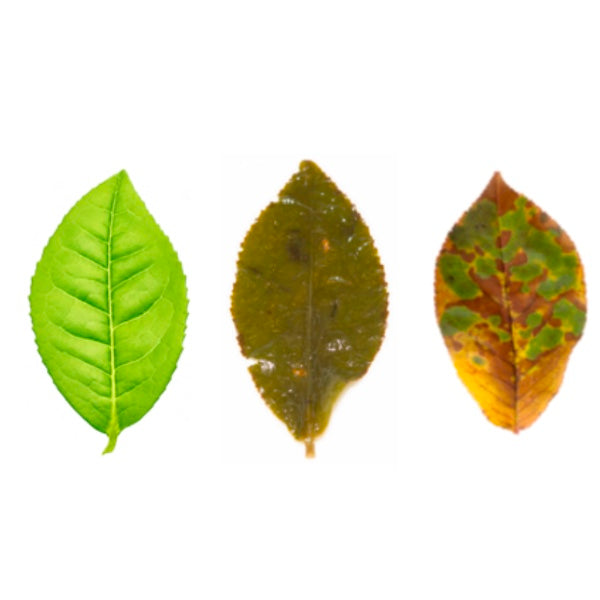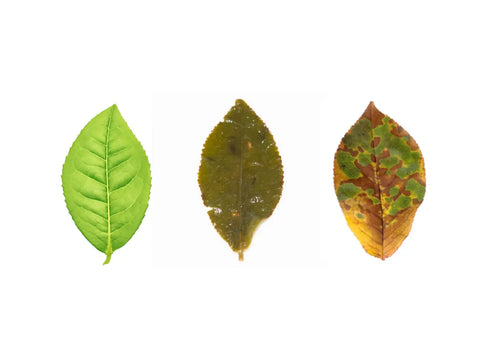
What Does Oxidized Tea Mean?

What does oxidized tea mean?
When learning about tea, the processing methods are a massive component to how the final product ends up. Oxidation differentiates each tea category, and depending on the tea it is either avoided or desired.
Oxidation is the chemical reaction to the tea leaves where oxygen is exposed to the cells inside the leaf. This can only occur if the cell walls in the leaf are damaged.
How do they oxidize?
Tea producers will intentionally damage the cell walls in the leaf to start the oxidizing process. Rolling or tumbling the leaf are popular methods used to do this.
It is imperative for the tea masters to have complete control over how much oxidation occurs, and through temperature of the oxygen rich air is how it is achieved. Oxidation occurs best when at a slightly warm temperature but can be stopped at a much hotter temperature.
When the leaf has reached the ideal oxidized level the producers will stop turn up the heat and stop this process, known as fixing, or killing green. Some of the most common fixing methods would be pan firing, steaming, or baking the leaf.
Why does this matter?
Oxidation is a crucial step in tea processing, it has a lot to do with the final outcome of the teas aroma and flavour. It can change the characteristics in the cup. By simply changing the oxidation process you can be left with a beautifully light, floral or honey flavoured tea, to a rich, earthy pungent one.
Tea Categories according to Oxidation
The different categories of tea are based on how little or how much the leaf has been oxidized. Below we have listed each category and the associated oxidization levels.
White Tea- wilted and unoxidized
Yellow Tea - unwilted and unoxidized (allowed to yellow)
Green Tea- unoxidized
Oolong Tea- Partially oxidized (anywhere from 5%-80%)
Black Tea - fully oxidized
Puerh Tea- fully oxidized and allowed to age